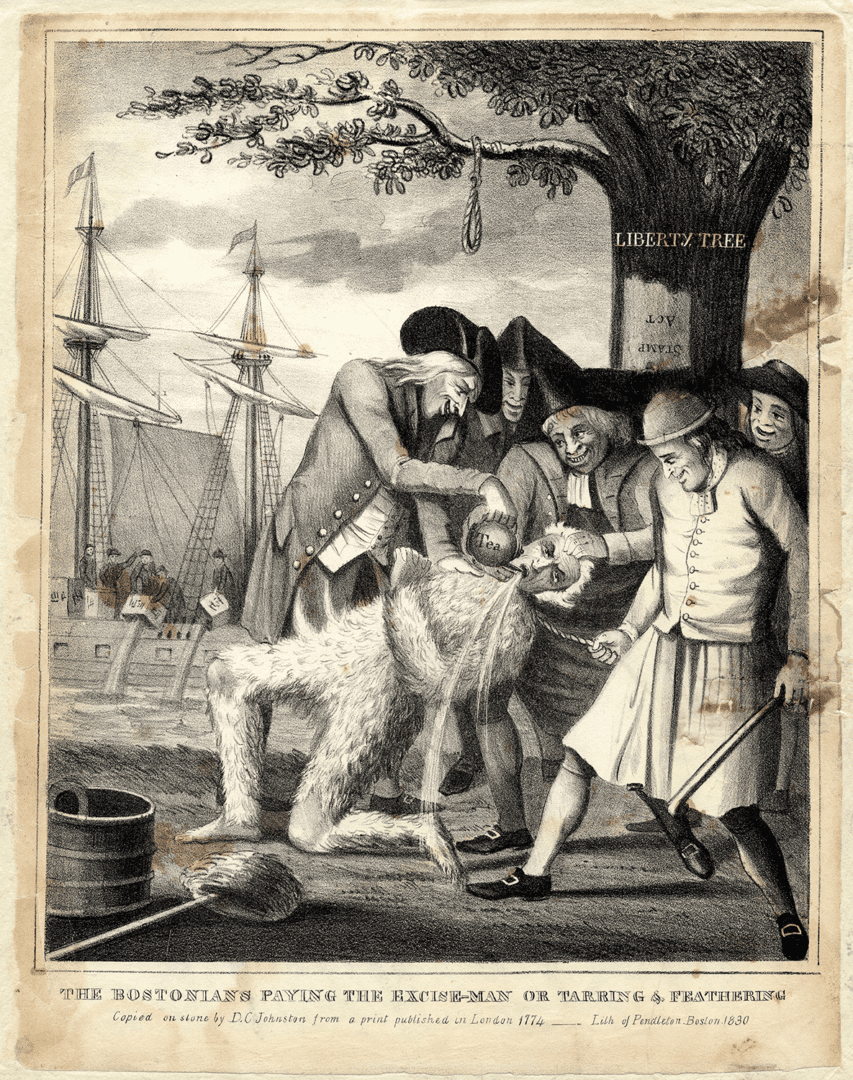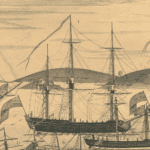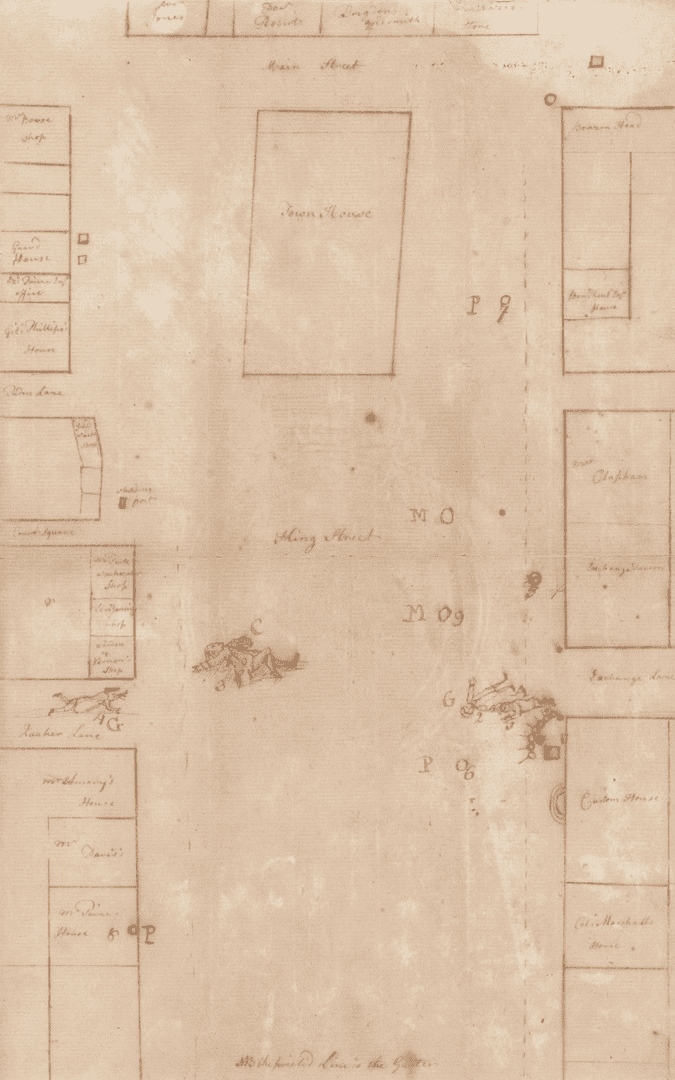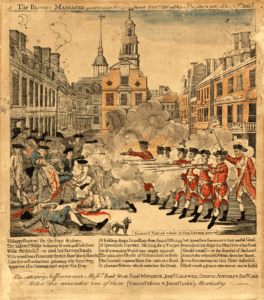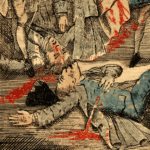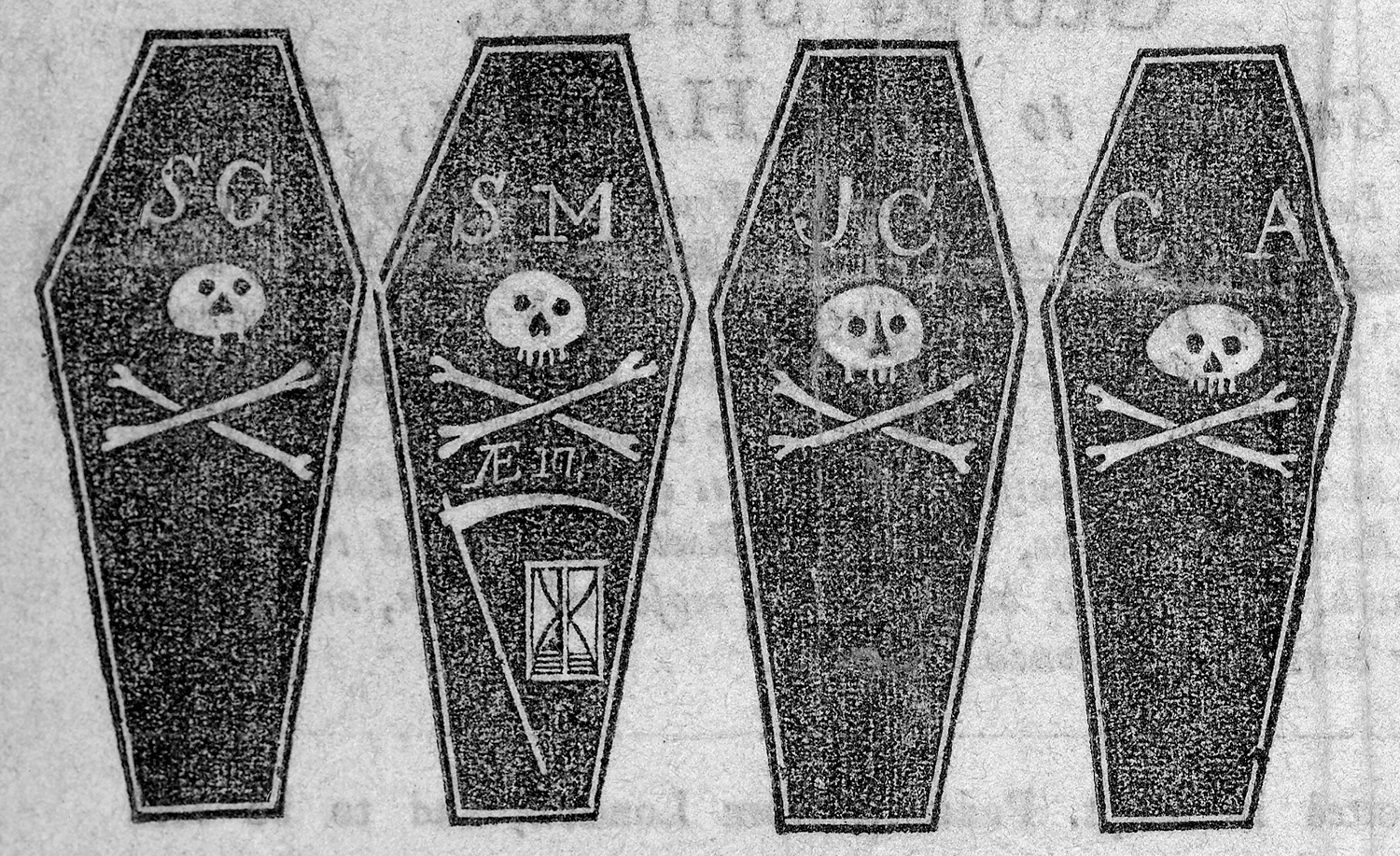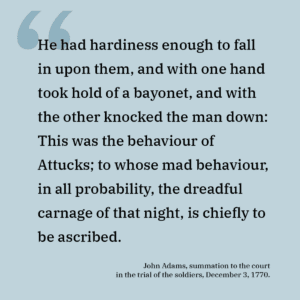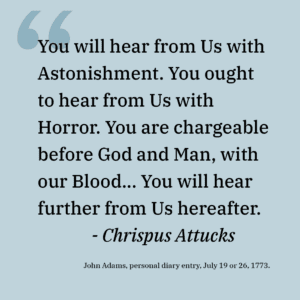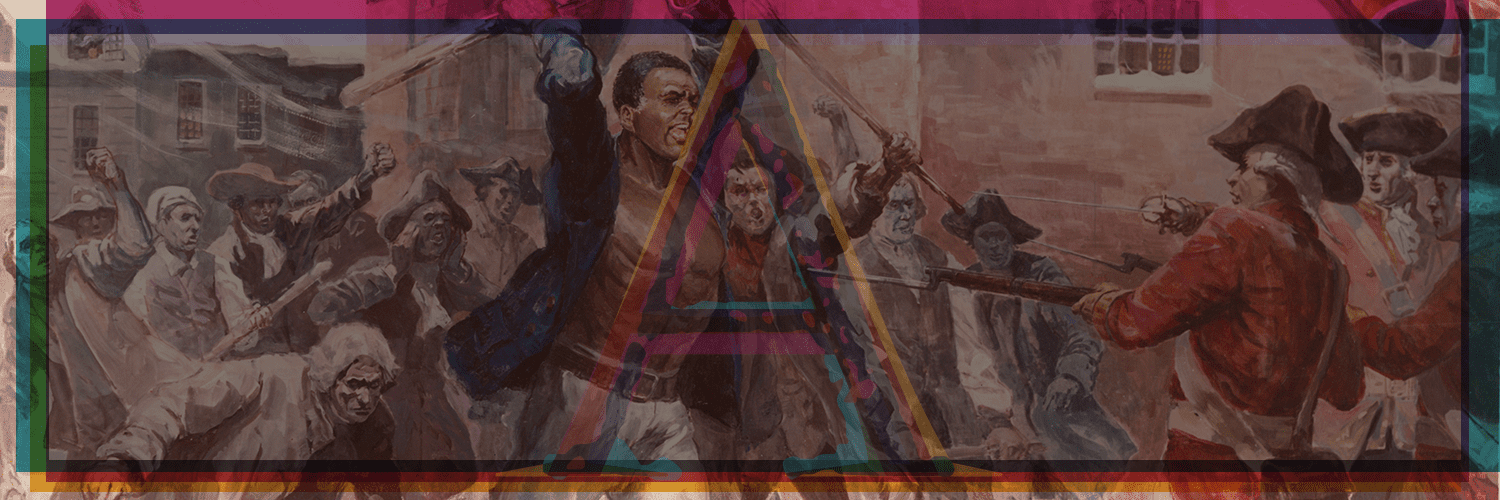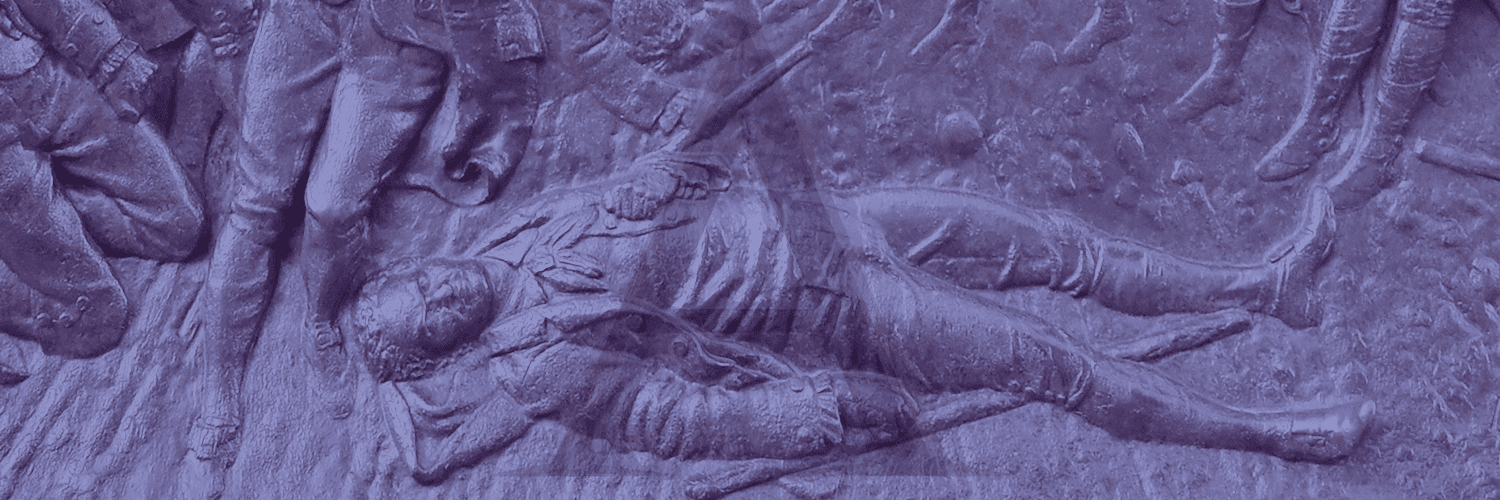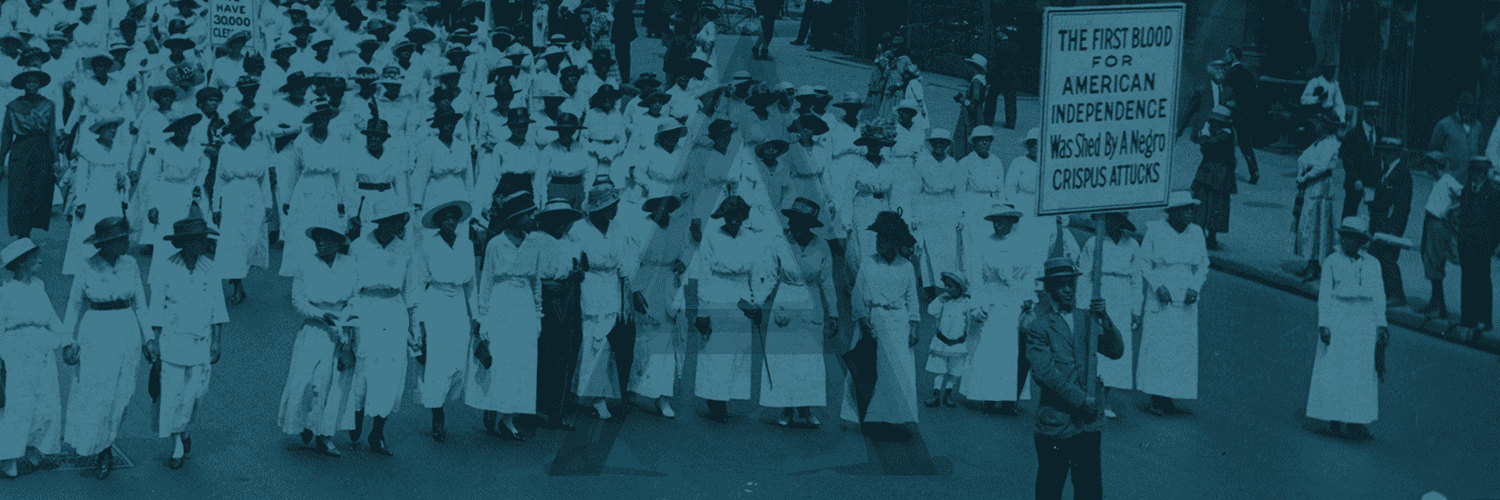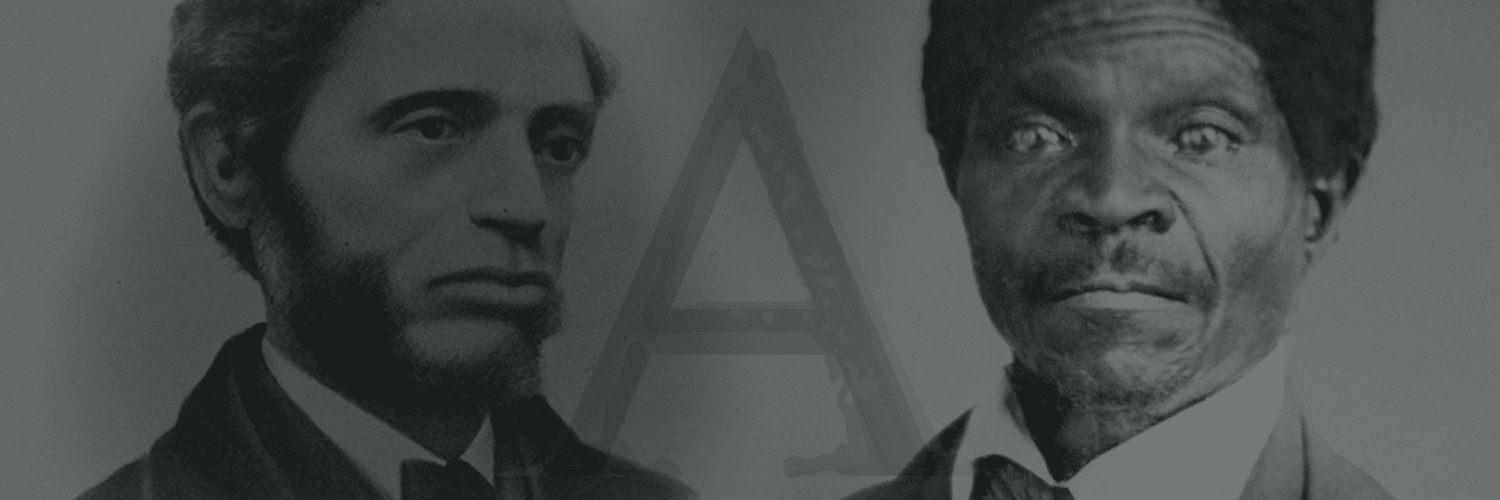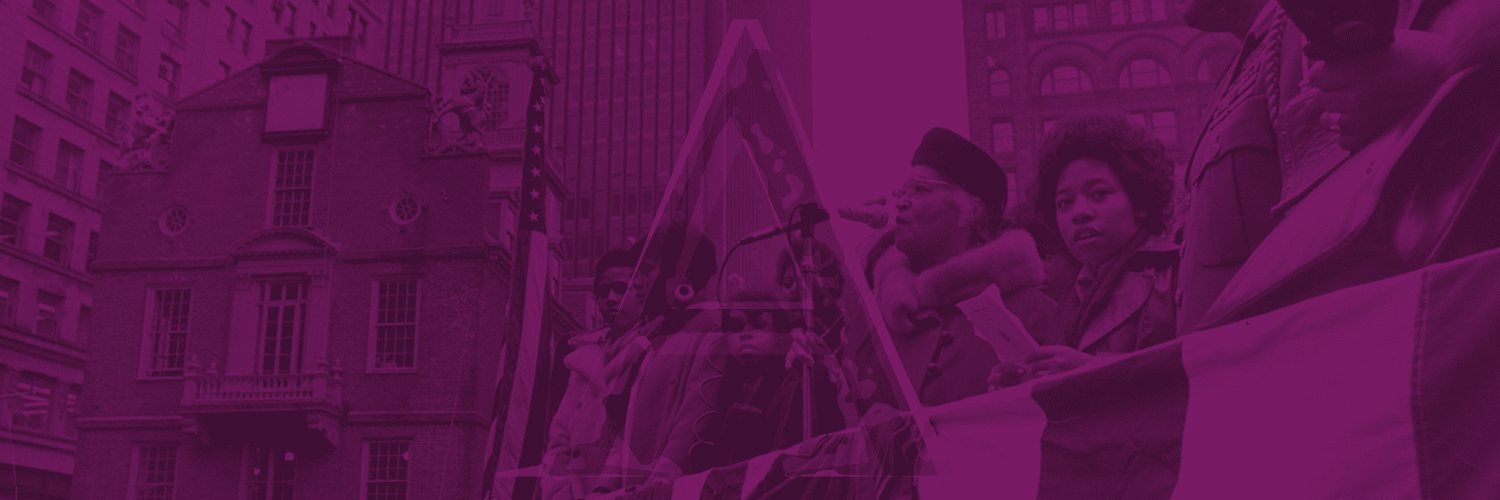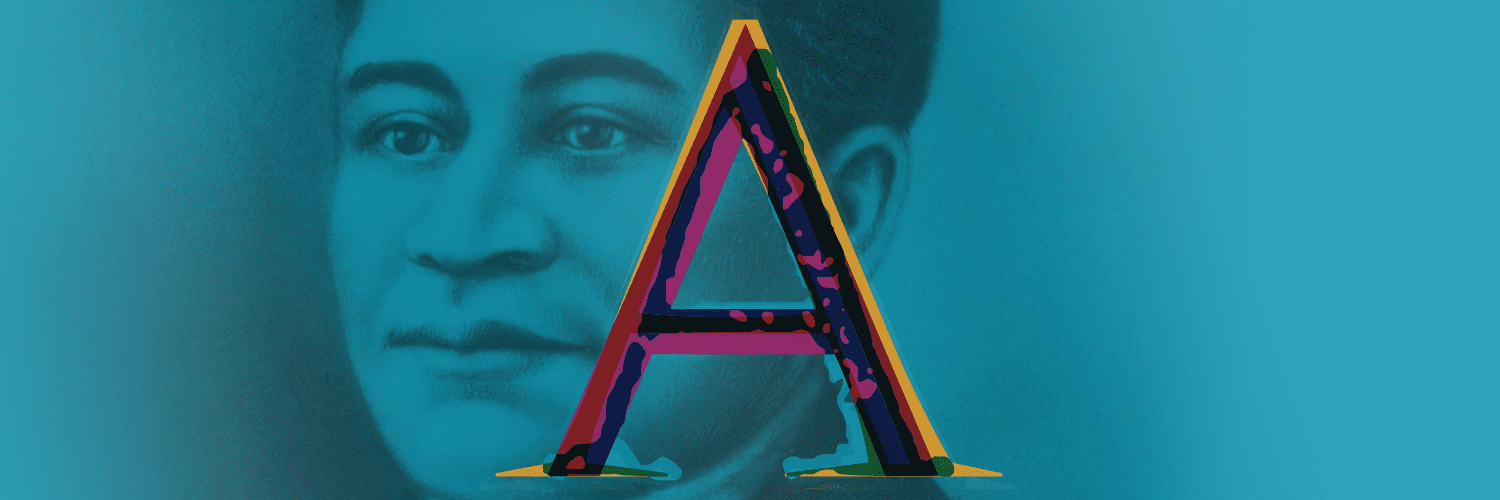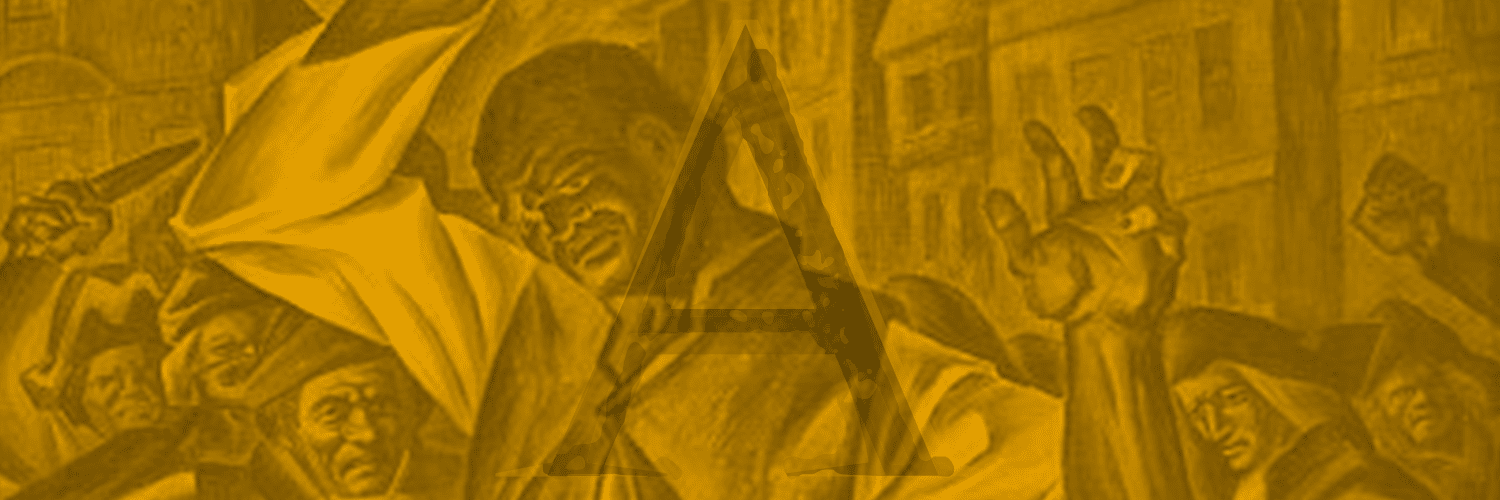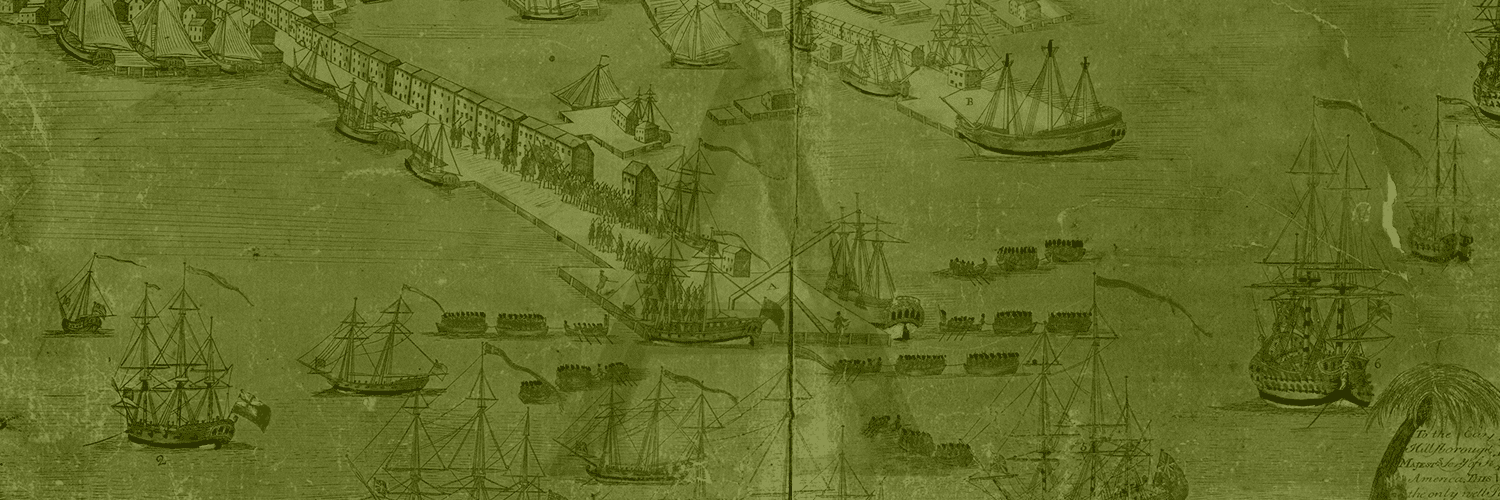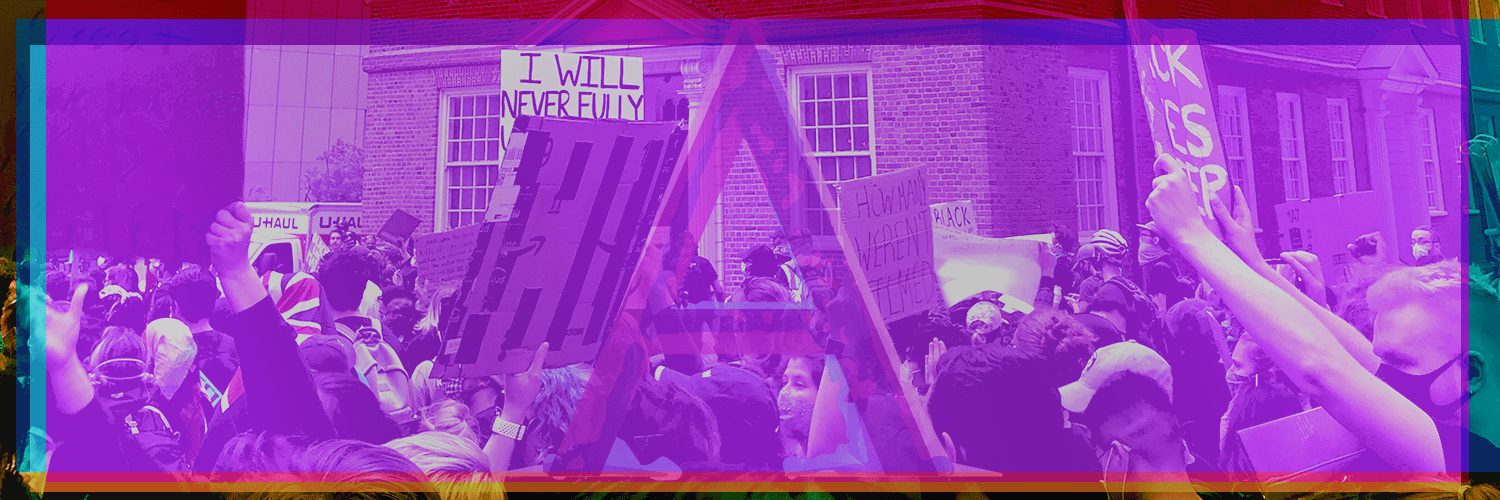Fighting for Independence
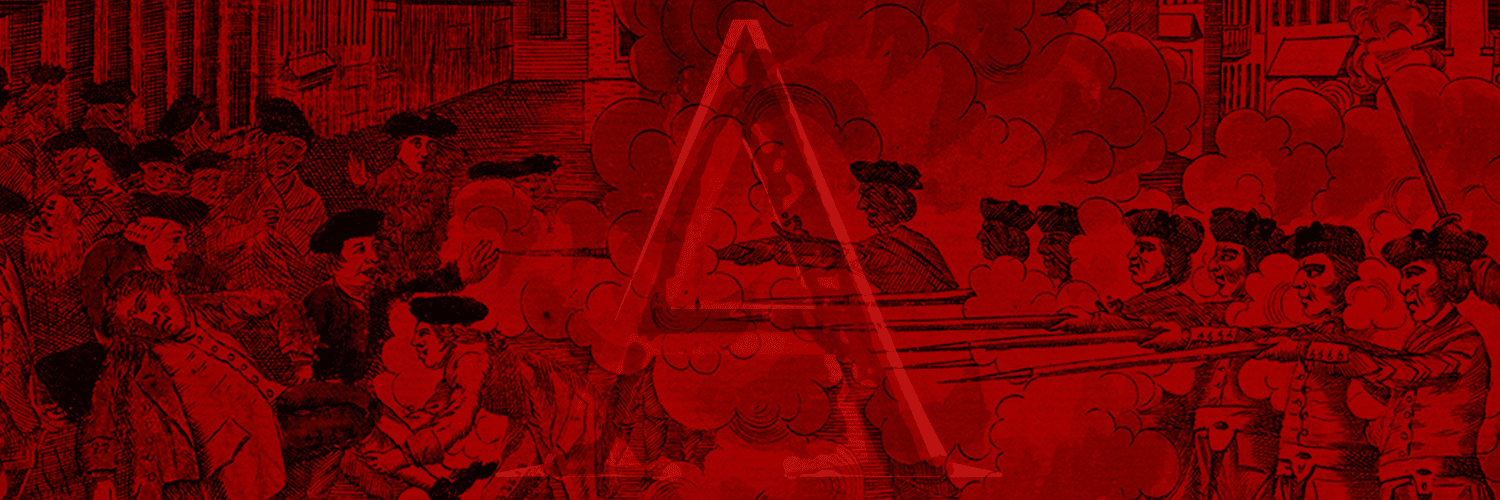
As Crispus Attucks (c. 1723-1770) approached the Customs House on March 5, 1770, Boston was an occupied town. In 1768, thousands of soldiers had been sent by the ministry to quell ongoing protests by colonists angered at their treatment as British subjects. As Parliament sought to reassert control, Bostonians became more willing to challenge its authority. An atmosphere of fear and mistrust set the stage for the violent confrontation that night, the event we now call the Boston Massacre.
Many people in Boston in the 1760s were focused on resisting a series of British efforts to put new taxes in place. They argued for their rights as British subjects, which included the right to tax themselves under locally elected government.
While other colonies also resisted British taxation, some looked down on Massachusetts for the violent ways that Bostonians responded to Parliamentary decisions. Beginning with the Stamp Act riots in August 1765, many Boston protests involved destroying property and threatening government officials. In June 1768, a customs informant was tarred and feathered. That fall, Britain sent four regiments to reassert control of the town and enforce the law.
THE BOSTONIANS PAYNG THE EXCISE-MAN OR TARRING & FEATHERING
William S. Pendleton (1795-1879), engraver
1830
Reproduction from the Collection of Revolutionary Spaces
1889.0034.001
Click image to view larger.
This well-known engraving shows five people holding down a feathered man while forcing him to drink from a container labeled “tea.” In the foreground is a bucket, presumably holding tar. Behind the group of men is the Liberty Tree with an upside-down poster that says “Stamp Act.” People are throwing tea off the side of the ship in the background on the left.
By March 1770, British soldiers had been in Boston for a year and a half. Their presence was overwhelming. In a town of 16,000, nearly 2,000 soldiers were staged in and around Boston. Soldiers married into Boston families and fathered children, but they also harassed people and competed for local jobs to supplement their income.
British people opposed the concept of a standing army during peacetime. Bostonians resented being a British town under occupation by a British army. The mood in town became increasingly tense and tempers flared.
A PERSPECTIVE VIEW OF THE BLOCKADE OF BOSTON HARBOR
Sidney Lawton Smith (1845-1929)
1904
Ink on paper, hand colored
Reproduction from the Collection of Revolutionary Spaces
This engraved color print shows a perspective view of the Boston Harbor Islands in 1768 with the landing of the 14th and 29th Regiments of the British army. These troops were sent to occupy Boston after there was rioting in the town due to taxes.
Following the accidental shooting of 11-year-old Christopher Seider by a Boston loyalist a few weeks earlier, the situation in Boston exploded on the night of March 5, 1770. A crowd of dockworkers, sailors, and other Bostonians marched down King Street from the wharves of Boston Harbor to confront the soldiers who were stationed at the Customs House. Shots rang out as tensions grew.
View more original documents and artifacts from the Boston Massacre and the trials of the soldiers in the archives of Massachusetts Historical Society.
See more →
When the smoke cleared, three colonists lay dead, and two more were to die from their injuries within weeks of the Massacre. Crispus Attucks is remembered as the first to fall that night. Standing near the front of the group, he was struck twice in the chest and collapsed, dying shortly afterwards.
Colonists who protested British rule called the event a “bloody massacre.” They treated Attucks and the other four victims as martyrs, burying them together in a single grave at Boston’s Granary Burying Ground.
PAUL REVERE’S PLAN OF THE SCENE OF THE BOSTON MASSACRE : USED AT THE TRIAL OF CAPT. PRESTON AND SOLDIERS
Paul Revere (1735-1818)
1770
Pen and ink on paper
Reproduction courtesy of the Trustees of the Boston Public Library
Click image to view larger.
This sketch, said to be drawn by Paul Revere, shows a bird’s-eye view of King Street after the incident on March 5, 1770. The locations where the bodies of Crispus Attucks, Samuel Gray (1718-1770), James Caldwell (unknown-1770), and Samuel Maverick (1753-1770) fell are labeled.
While Bostonians mourned the dead, white authorities and cultural tastemakers moved quickly to create a myth surrounding Crispus Attucks and the other men killed on the night of the Massacre. In their telling, all five victims were martyrs to British violence.
By the end of March, Paul Revere (1735-1818) issued The Bloody Massacre, which was based on a print by artist Henry Pelham (1748-1806). One of the best-known pieces of Revolutionary propaganda, Revere’s print shows the soldiers as butchers and the victims as innocent bystanders. Each print was hand colored by different individuals after its release. Only a few of the existing copies show one of the victims with a darker skin tone.
John Adams (1735-1826) was conflicted about whether Attucks was a leader of the mob or a martyr for the cause.
In public, Adams turned his back on Attucks. As the defense attorney for the British soldiers, Adams presented Attucks as a terrifying figure who led an intimidating and angry crowd to the Customs House. He cast Attucks and his fellow victim, Irishman Patrick Carr, as outsiders who were different from the “good people” of Boston. Adams’s goal was to distance Boston from the deaths, which would give town leaders room to repair the fraying relationship with Britain.
Just a few years later, however, Adams privately found inspiration in Attucks’s actions when independence became a possibility in people’s minds. Within this context, Adams vented his frustrations in an unpublished letter to Governor Thomas Hutchinson (1711-1780). Writing in the voice of the Massacre victims, he condemned Hutchinson for actions that led to the murders of patriotic Americans. Adams signed his letter “Chrispus Attucks.”
JOHN ADAMS
Gilbert Stuart (1755-1828)
c. 1800/1815
Oil on canvas
Reproduction courtesy of the National Gallery of Art, Gift of Mrs. Robert Homans

Starting in 1771, Bostonians held an annual oration each March to commemorate the Massacre. Thousands gathered at the Old South Meeting House during the 1770s to hear the town’s most gifted speakers remember the victims and build support for the patriot cause. In these orations, Attucks is not singled out for his role. Instead, he is one of five martyrs defending their liberties.
At the end of the war, the Massacre orations were replaced in the town by an annual reading of the Declaration of Independence. The memory of the orations and Attucks largely faded away until the mid-19th century, when abolitionists pushed their way onto the center of the national stage.


